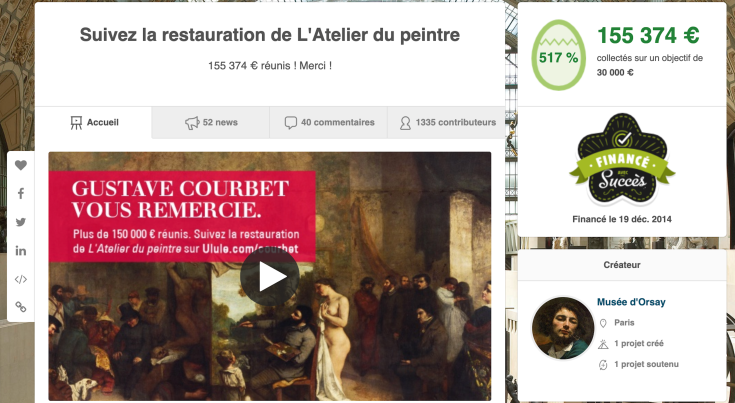By Marie Ballarini
In France, museums are mainly public and almost all depend on state subsidies (private museums included). Faced with the stagnation of the latter, or even their substantial decline, many museums are turning to new sources of income in an effort to self-finance. At the request of their guardianship, it is becoming more and more common for museums to have to include in their funding projects a more or less significant share of self-funding, whatever the tool or tools chosen. Continue reading “FRENCH MUSEUMS AND CROWDFUNDING : EVOLUTIONS AND OUTCOMES”



Recent Comments